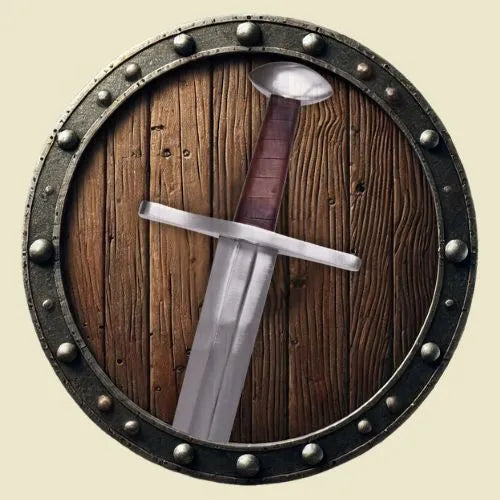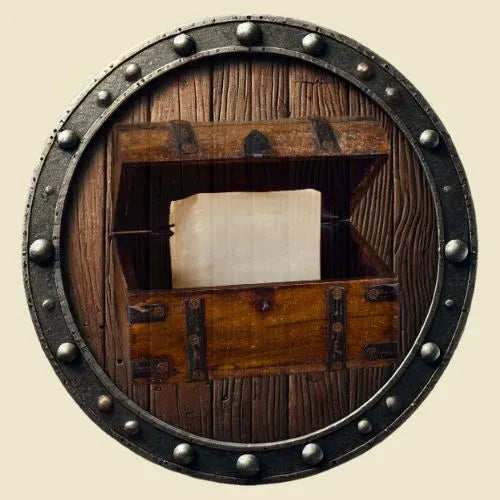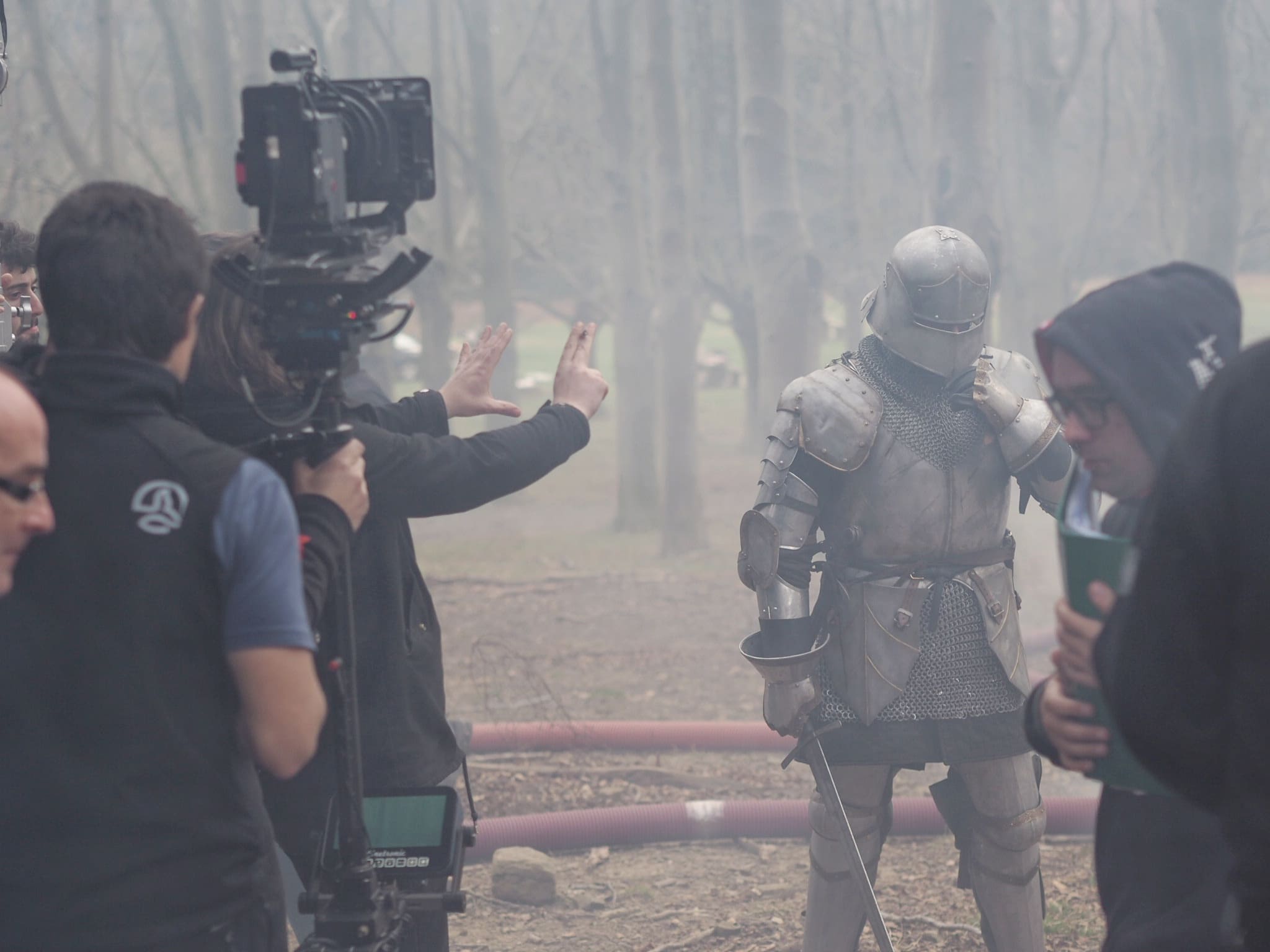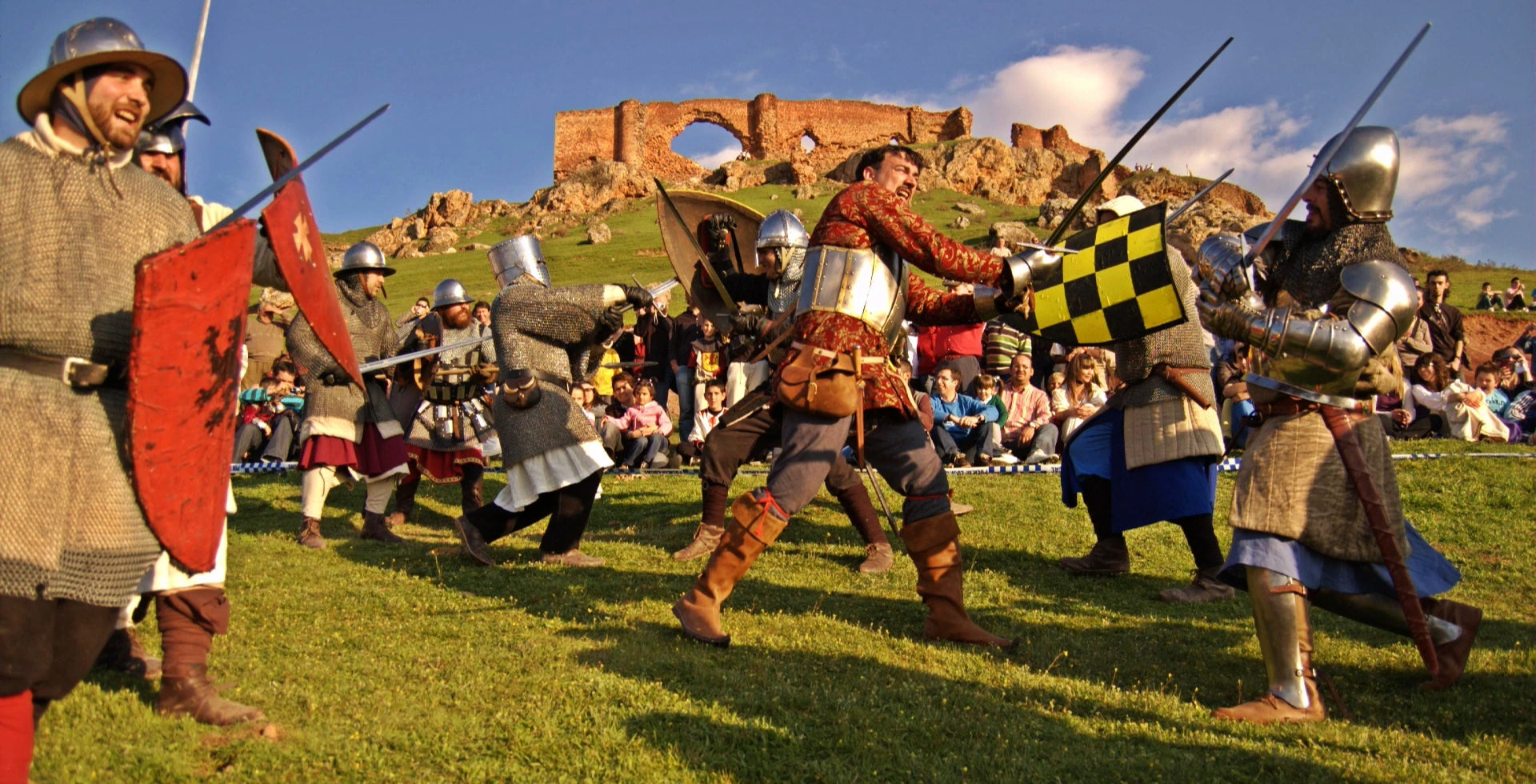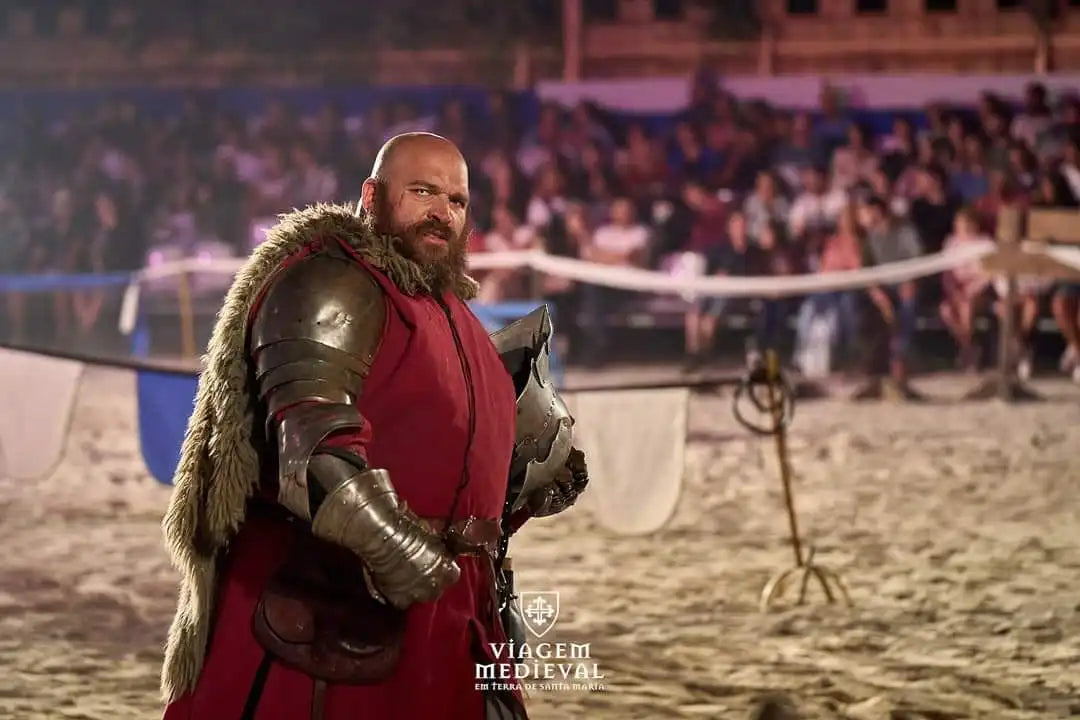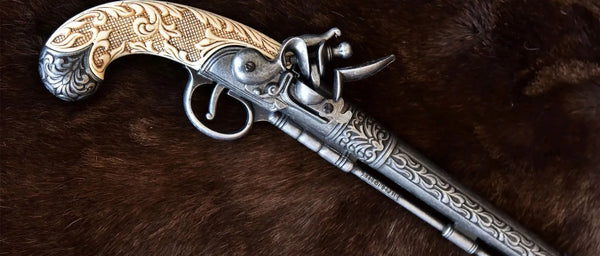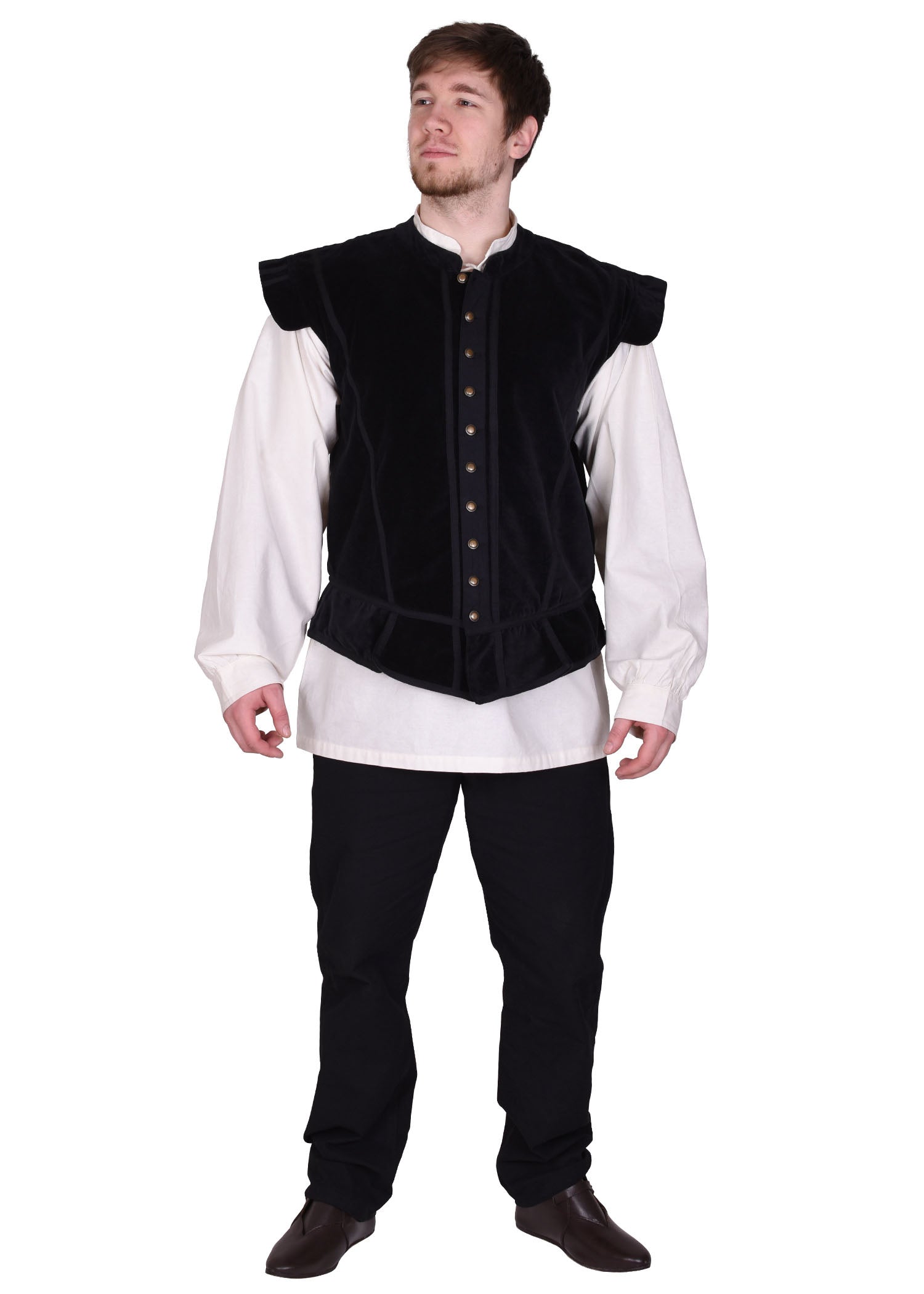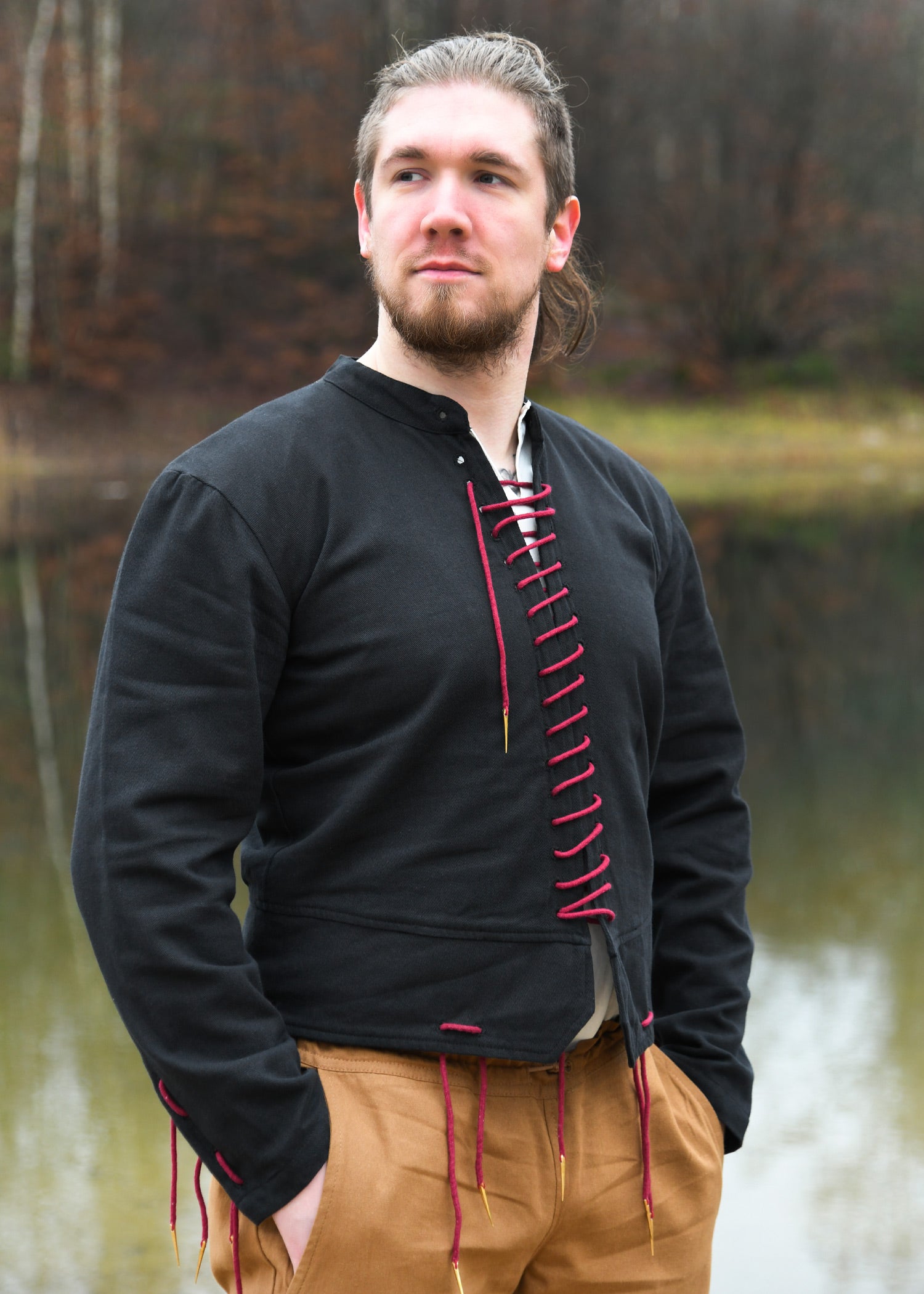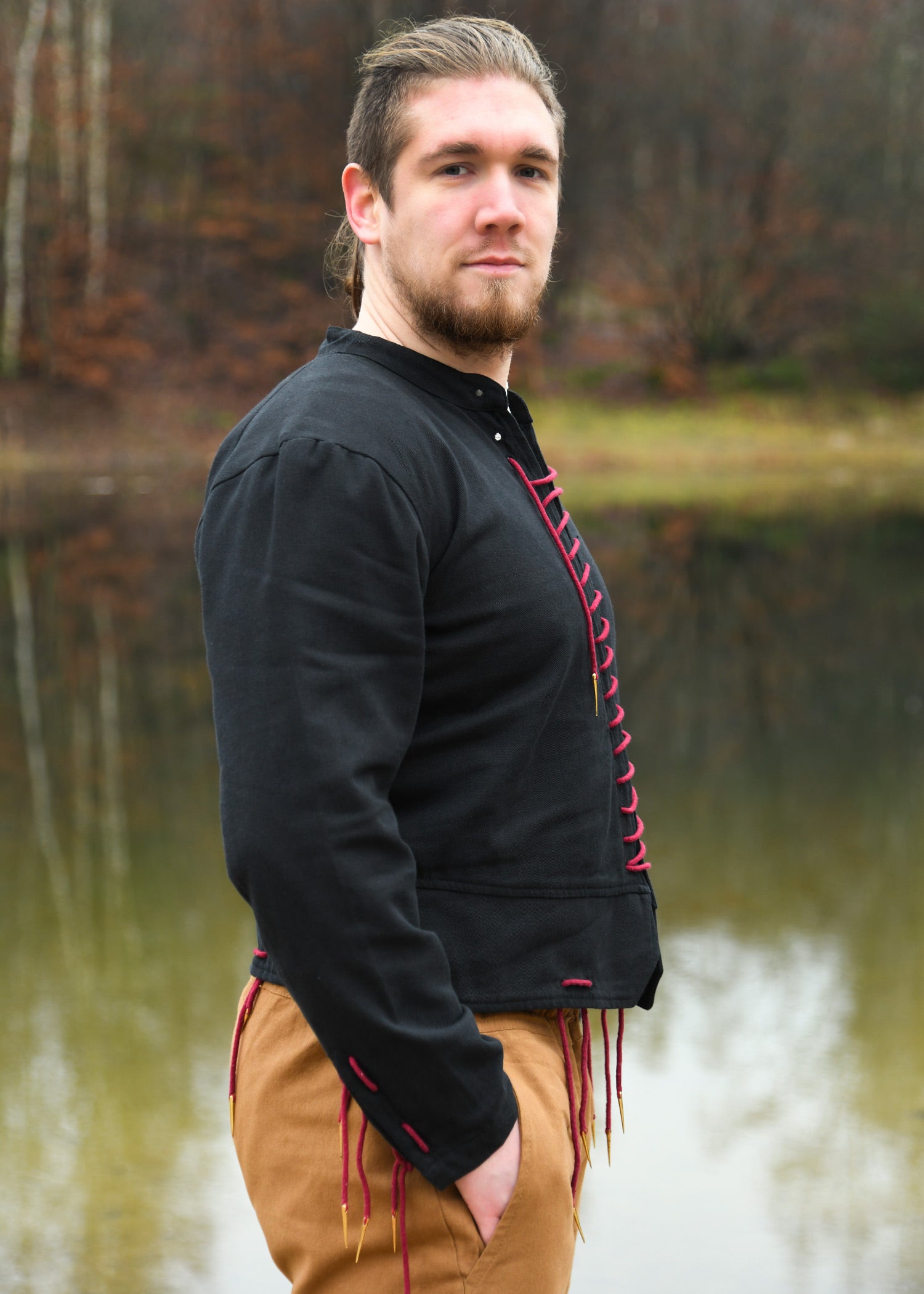Baroque shirts: elegance and distinction in historical clothing
During the Baroque period (17th and 18th centuries) , the shirt ceased to be a simple undergarment and became a symbol of status and refinement . Made from fine fabrics and adorned with lace and ruffles, Baroque shirts reflected the luxury and sophistication of the era.
Main characteristics of baroque shirts.
-
Elaborate collars : From the classic high collar with lace to the stiff and prominent ruff collar in 17th century fashion.
-
Ruffled and lace cuffs : Details that added distinction, especially in the clothing of nobles and courtiers.
-
Loose, wide cuts : Comfort was combined with elegance in designs that allowed freedom of movement.
-
Fine and light fabrics : Linen and cotton were the most commonly used materials, with silk versions for the nobility.
-
Ruffled shirts : Pleated decorations on the front, common in the clothing of gentlemen and aristocrats.
Materials and manufacturing
-
Linen and cotton : Breathable and soft materials, ideal for everyday use.
-
Silk and brocade : Reserved for the upper classes, with gold details or refined embroidery.
-
Lace and trimmings : Decorative elements that enhanced the opulence of Baroque fashion.
Differences with shirts from other eras and cultures
-
Greater ornamentation : Unlike medieval or Renaissance shirts, Baroque shirts incorporated more lace and ruffles.
-
Use in outerwear : Although initially they were underwear, in the Baroque period they began to be shown as a fundamental part of the outfit.
-
Influence on later fashion : The elegance of Baroque shirts laid the foundations for aristocratic dress in the 18th and 19th centuries.
Baroque shirts were a symbol of status and sophistication, worn by nobles, courtiers, and knights. If you're looking for authentic replicas of Baroque shirts for historical reenactments, collecting, or period clothing , at Medieval Shop you'll find models inspired by 17th-century fashion.

